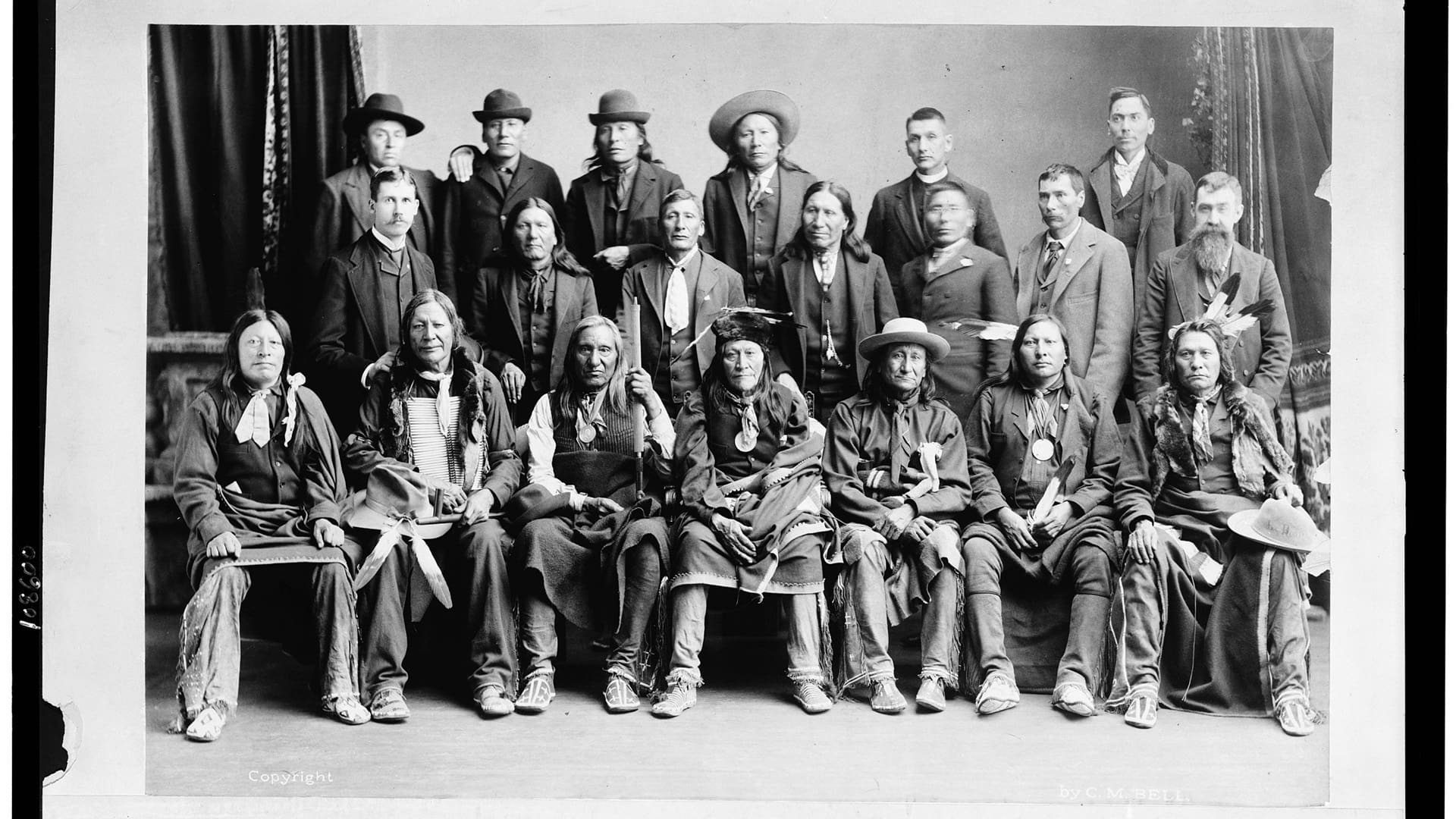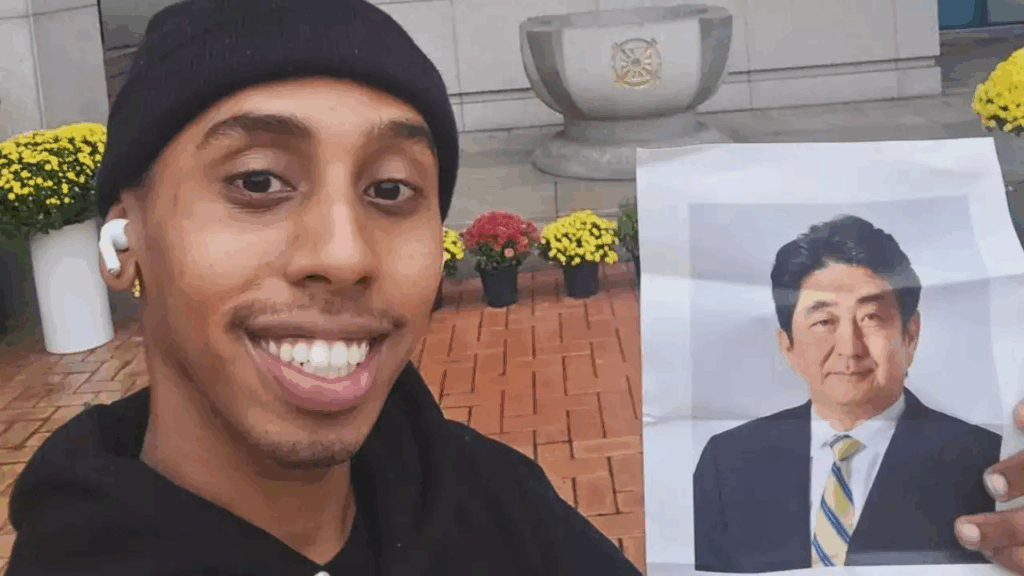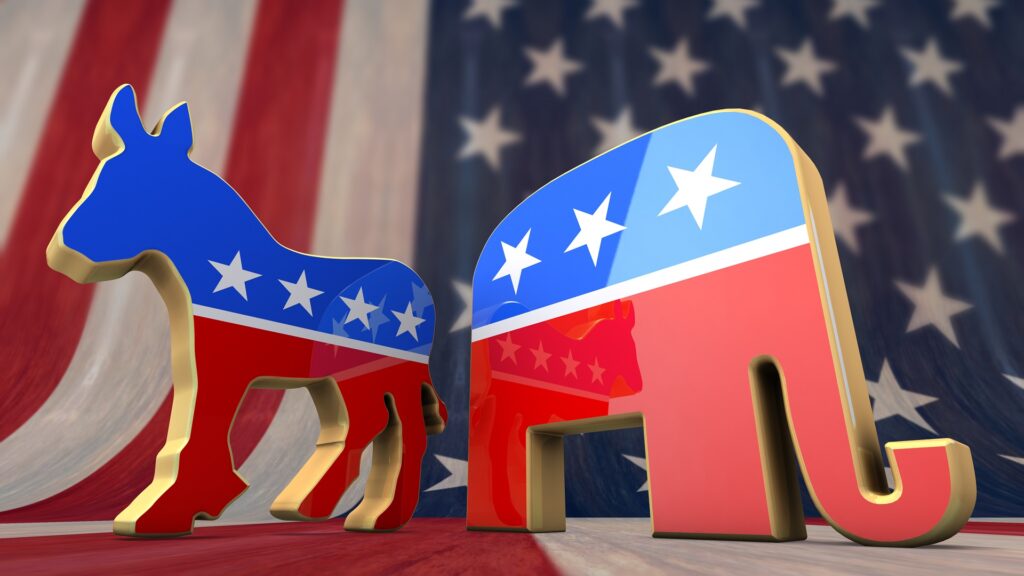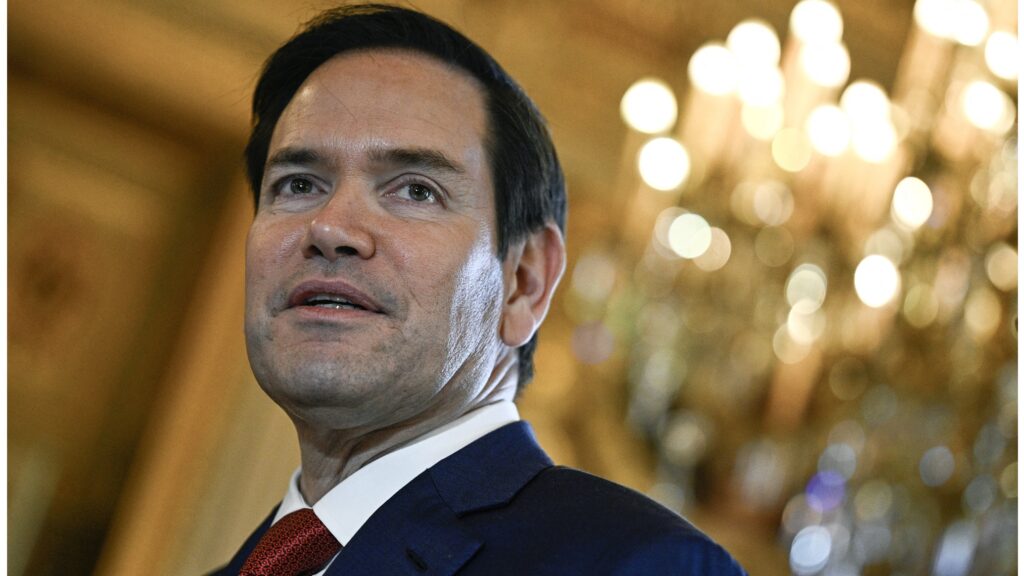With 4 July, the American national holiday fast approaching, we are sure to hear some ‘woke’ voices come out to speak of the horrors of American history, trying to make the case that the early United States was conceived in sin. If not slavery, then it will surely be the treatment of the Native American tribes in North America to be put on the woke agenda to ‘trash talk’ America.
And, in all earnestness, they do have a point.
The United States government, even with the exclusion of acts by individual citizens committed of their own volition, have committed acts against Native American tribes that are indefensible. From totally ignoring a treaty when it became inconvenient (the Sioux Treaty of 1868 of the subsequent Sioux Wars), to a ‘pre-emptive strike’ against a supposedly planned rebellion (the Wounded Knee Massacre of 1890), and the forceful removal of tribes even after the US Supreme Court ruled the government had no right to do that (the Indian Removal Act of 1830), the list of atrocities is certainly not short.
However, the usual progressive talking points do not stop there. If we move outside academic circles, and look at memes and popular graphics that tend to circulate online, we can often come across one very heavy word—genocide.
Some ask, how is it that the US government’s actions are not considered genocide, the way Nazi Germany’s actions against the Jews or the Ottoman Empire’s against the Armenians are?
Did the evil, white oppressors really cleanse America of Indians to quench their racist thirst for blood?
The first thing we need to understand is that Native Americans living in their tribes within the borders of the United States were not actually American citizens until the passing of the Indian Citizenship Act of 1924, signed into law by President Calvin Coolidge. Native American tribes were treated as sovereign nations existing within the boundaries of the United States, as per the above-referenced Supreme Court case ruling against the Indian Removal Act of 1830.
When The Supreme Court Tried to Prevent Indian Removal | Worcester v. Georgia
I wrote a new book all about the Supreme Court. Order your copy here: http://amzn.to/45Wzhur or visit https://www.iammrbeat.com/merch.html. Patreon: https://www.patreon.com/iammrbeat Mr. Beat’s band: http://electricneedleroom.us Mr. Beat on Twitter: https://twitter.com/beatmastermatt In episode 30 of Supreme Court Briefs, the Supreme Court makes an important ruling, and the state of Georgia and Andrew Jackson completely ignore it.
Thus,
the relationship between Native American tribes and the United States was dictated by constantly negotiated treaties,
and not by the US government enforcing laws on indigenous people as its own citizens.
This alone sets it apart from the genocides committed by Nazi Germany or the Turkish Empire, who murdered their own citizens or the citizens of the countries they occupied en masse.
The Supreme Court ruling in 1832 was bypassed by the federal US government by bribing a group of Cherokees into acting as ‘official representatives’ of their nation, who then agreed to give up their land for the bribes. Thus, the forceful removal of Indians from Georgia and then the neighbouring states, known as ‘The Trail of Tears’, could continue all the way until 1850.
However, it is also important to note for full context that not all treaties between the US and Native American tribes were egregious to the former party.
Certain treaties in the 1860s included supplying Sioux and Dakota tribes for their full needs just so they give up on their nomadic lifestyle—a deal that many Natives happily took. However, given the huge disparity of force in enforcing these agreements, the US gave up on their obligations as soon as it became economically too burdensome.
If we go all the way back before the United States was formed, we also have examples of amicable relationships. For instance, there were Native American tribes fighting on the side of George Washington, who was then serving in the British Army, in the Sever Years’ War in 1756–1763 against the French.
When it came to the American Revolution about a decade later, one of the biggest motives for the Americans fighting for their independence was to escape the treaty Great Britain had with the Natives, which forbade British subjects from settling to the West of the Appalachian Mountains. After the war was won in 1781, the cash-strapped new American government actually repaid many of its fighting soldiers with land grants on Indian territory out West.
In addition, going beyond treaties, the Native American population greatly benefitted from the introduction of horses, horseback riding, and firearms, all of which were brought to them by European settlers. Horses and guns made the hunting of the buffalo, their primary means of feeding and clothing, easier.
The major population collapse for indigenous American tribes had happened before the United States became an independent country, and was mostly caused by the more aggressive Spanish colonizers, not the English.
Interestingly,
the descendants of those Spanish colonizers responsible for so many indigenous deaths are now referred to as ‘Latinx’ people
and regarded as an ‘oppressed class’ by the woke ideology.
Native American Attitude Towards the United States Government
After that turbulent history, feelings among Native American leaders were mixed towards the Indian Citizenship Act of 1924. Certain tribal chiefs even sent a letter to President Coolidge, voicing their objections to the bill. They felt that taking on US citizenship would erode their identities, and some had misgivings about trusting the US government.
However, through the work of American and indigenous activists alike, the bill was eventually accepted by tribal leaders and passed by Congress. In 1927, President Coolidge was even formally adopted into the Lakota nation as a show of gratitude.
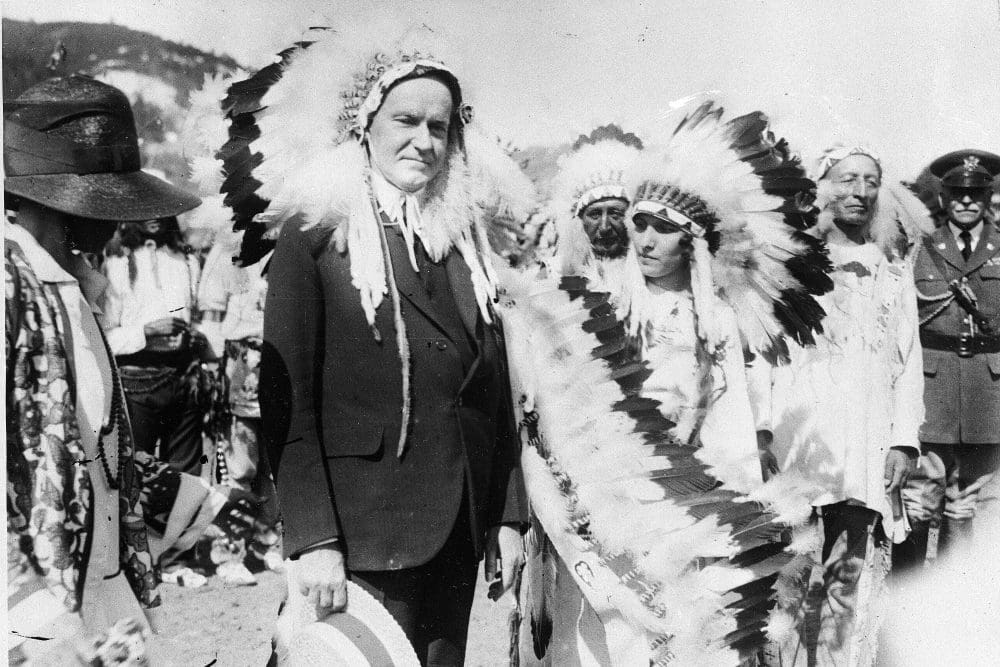
Today, Native Americans have a fast-growing population in the United States, which jumped from 5.2 million in 2010 to 9.7 million in 2020, according to census data. Native Americans also have considerable autonomy on their reservations, with their own tribal courts and tribal governments.
80 years after the passing of the Indian Citizenship Act of 1924, there is no prominent push against US citizenship among Native American leaders—they are proud and productive members of the American nation.
Related articles:

